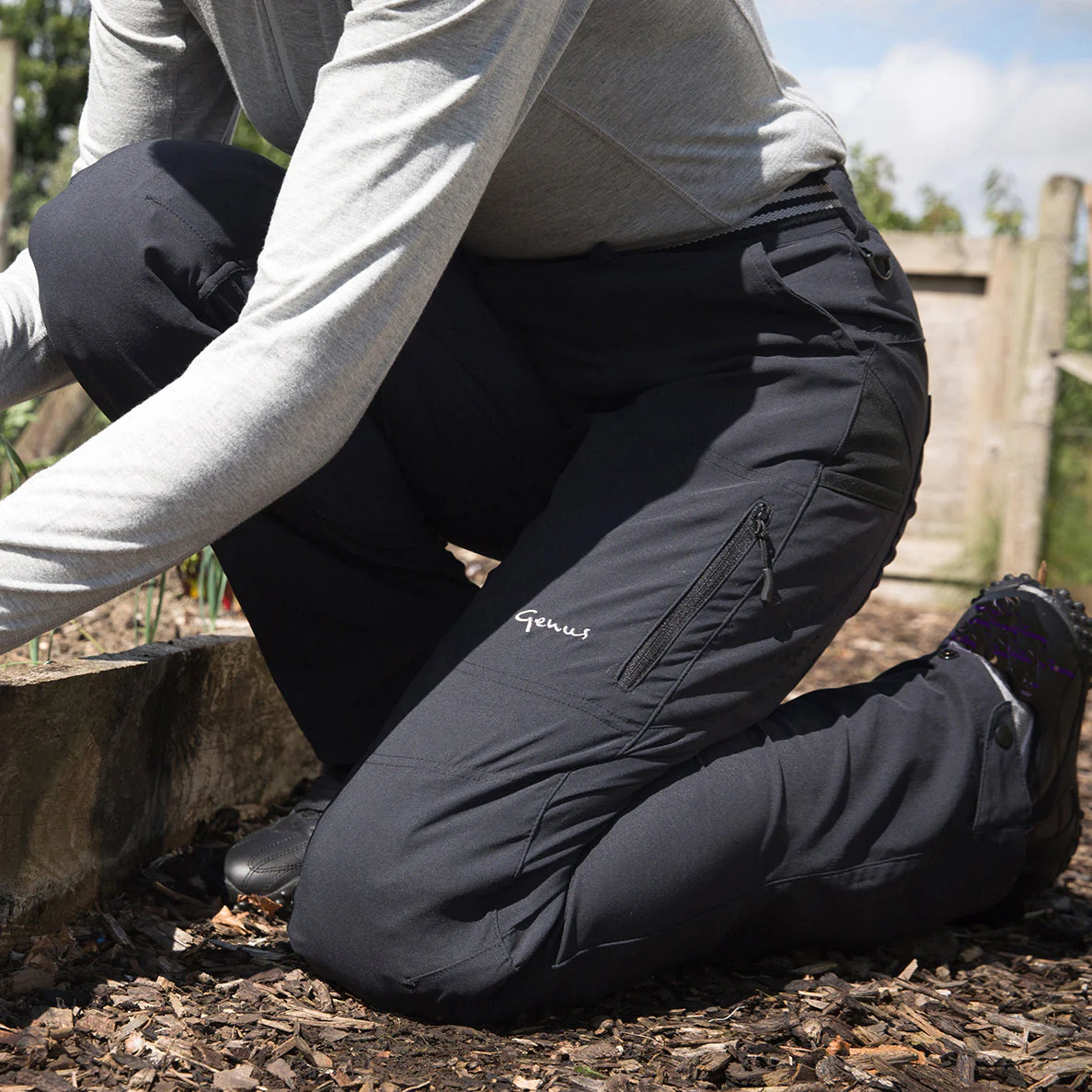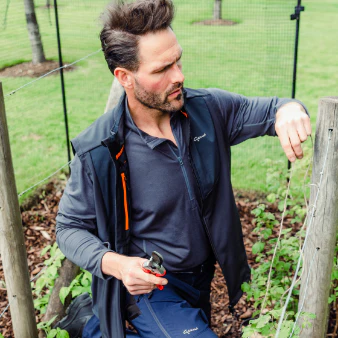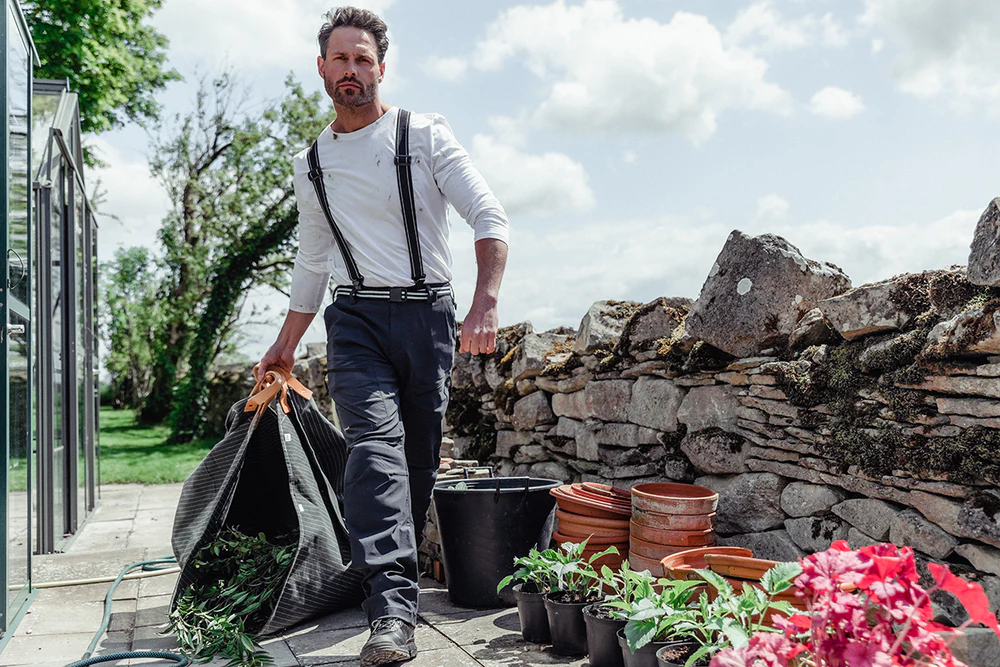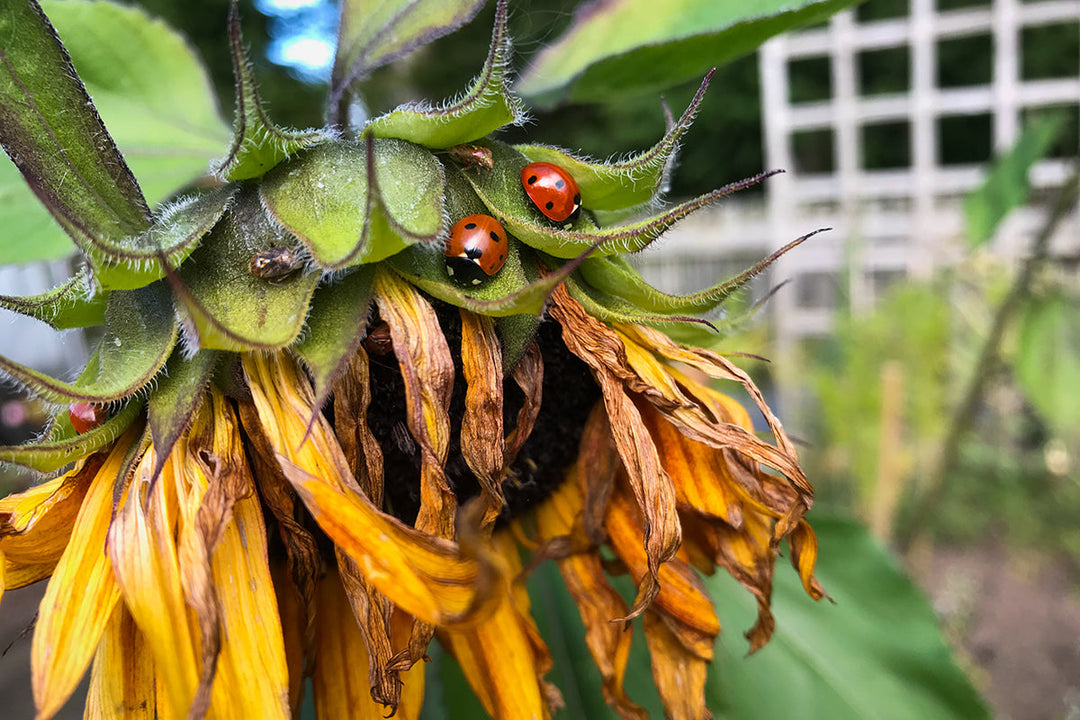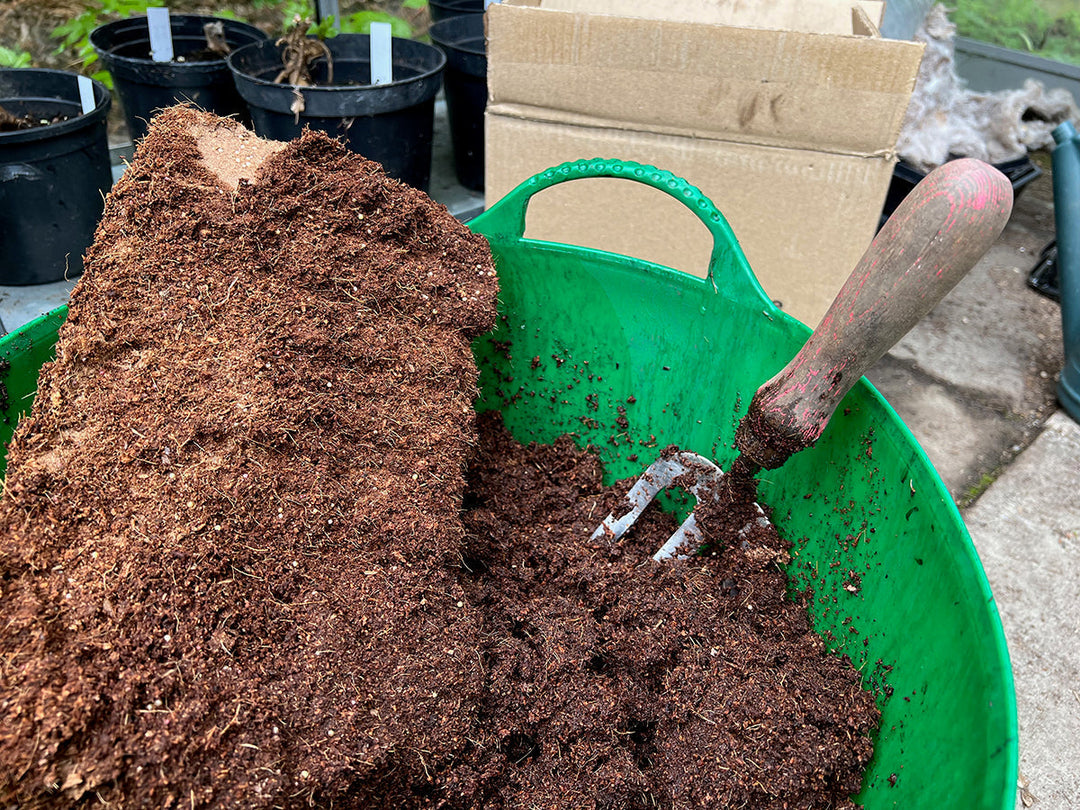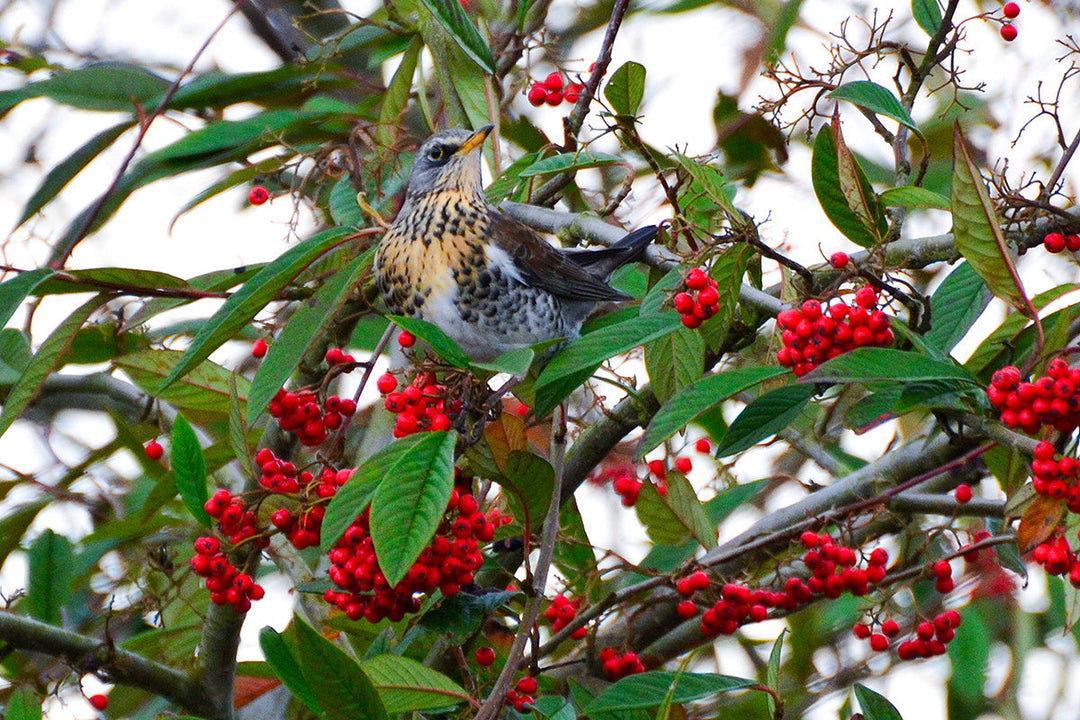Wildlife in the garden - toads
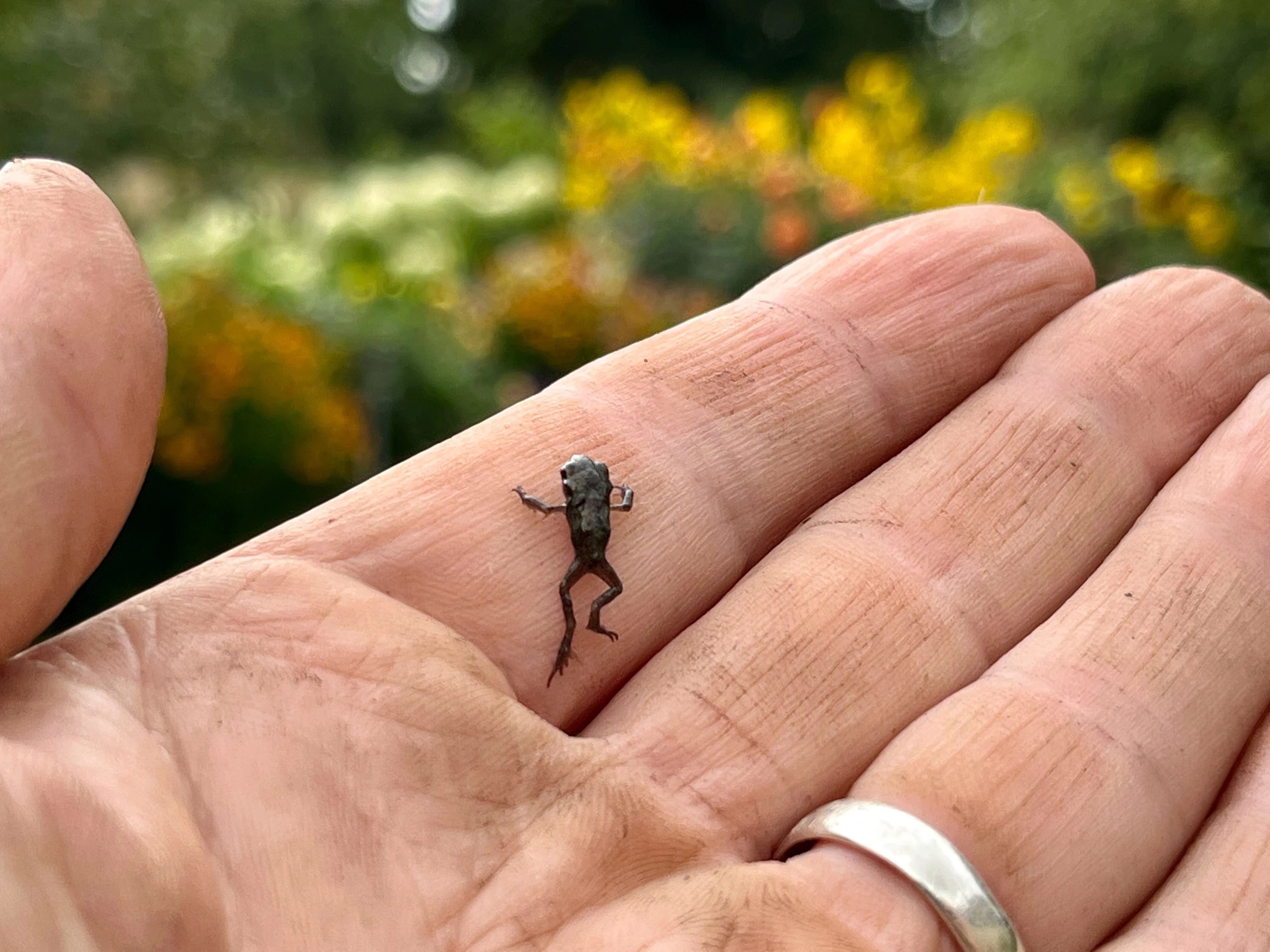
Discovering a toad in the garden is always a moment to celebrate. It’s almost impossible to spot one and not recount the tale over the dining table that evening. Who doesn’t love a toad? The common toad (Bufo bufo) is always a welcome visitor to gardens. These amphibians inhabit most of Europe, western North Asia, and small regions of Northwest Africa. They’re not present in Ireland, Iceland, certain parts of Scandinavia, and a number of the Mediterranean islands.
Despite its wide distribution, the common toad often remains hidden during daylight hours giving the impression that they are rare creatures. Its activity is mainly nocturnal, when it emerges at dusk to hunt invertebrates. During daylight hours, they typically seek shelter beneath foliage, roots, and stones, where their natural colouration provides effective camouflage. The toad's movement is a slightly awkward gait or short hops - not as agile as a frog - and its greyish-brown skin is distinguished by wart-like bumps.
Generally leading solitary lives, they’ll often be spotted when a gardener is moving pots or logs in the garden. In March, the breeding season, their behaviour changes dramatically. They congregate at ponds, where the male toads start to compete for mating opportunities. Clinging onto the backs of the females they’ve also been known to attach themselves to pond fish with an almost vice like grip. The reproduction process involves females laying gelatinous strings of eggs in water, which eventually hatch into tadpoles. These undergo several months of development and metamorphosis before emerging as miniature toads, marking the beginning of their terrestrial lives.
Conservation status classifies the common toad as a species of ‘least concern’, though population declines have been observed in a number of areas. The species faces several challenges, including habitat loss, particularly the drainage of breeding sites, and mortality during annual migrations when toads must cross roads to reach their breeding grounds. Some communities set up toad patrol groups to monitor their local population as they cross busy roads. Cars are slowed down and the toads guided across safely.
They adapt well to open countryside, fields, copses, parks, and gardens and often establish themselves in relatively dry areas, sometimes at considerable distances from standing water.
In fiction Beatrix Potter’s Toad from the tales of Jeremy Fisher and Kenneth Grahame’s Toad from Wind in the Willows have made toads popular with children and adults alike.


